Österreichische Galerie Belvedere (Austrian Gallery Belvedere)
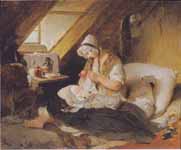
The poor officer's widow, Peter Fendi
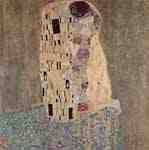
The Kiss, Gustav Klimt

Adam and Eve, Gustav Klimt
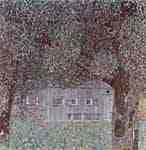
Farmhouse in Upper Austria, Gustav Klimt
 Farmhouse with Birches, Gustav Klimt
Farmhouse with Birches, Gustav Klimt
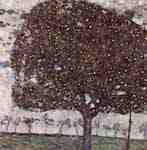 The Apple Tree, Gustav Klimt
The Apple Tree, Gustav Klimt
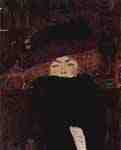
Lady with hat and feather boa, Gustav Klimt
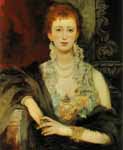
Portrait of Clothilde Beer, Hans Makart

Admiral Tegetthoff at the Battle of Lissa, Anton Romako
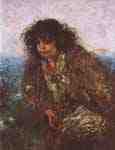
Italian fishermen child, Anton Romako

The Soup Kitchen, Ferdinand Georg Waldmüller
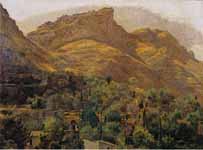
Look to the mountain town of Mola at Taormina, Ferdinand Georg Waldmüller
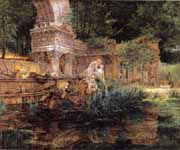
The Roman ruins in Schoenbrunn, Ferdinand Georg Waldmüller
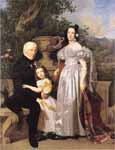
The princely Esterházy Council Mathias Kerzmann with his second wife, the former Countess Majlath, and his daughter Maria, Ferdinand Georg Waldmüller

Girl adorns the Virgin Mary ith a rose, Ferdinand Georg Waldmüller
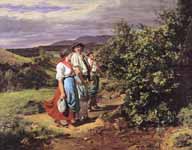
The lovers at a crossroads. Return from work, Ferdinand Georg Waldmüller
Fine Art Prints | Greeting Cards | Phone Cases | Lifestyle | Face Masks | Men's , Women' Apparel | Home Decor | jigsaw puzzles | Notebooks | Tapestries | ...
The Österreichische Galerie Belvedere is a museum housed in the Belvedere palace, in Vienna, Austria.
The Belvedere palaces were the summer residence of Prince Eugene of Savoy (1663–1736). The ensemble was built in the early eighteenth century by the famous Baroque architect Johann Lucas von Hildebrandt and comprises the Upper and Lower Belvedere, with the Orangery and Palace Stables, as well as extensive gardens. As one of Europe’s most stunning Baroque landmarks, it is listed as a UNESCO World Heritage Site.
Today the Belvedere houses the greatest collection of Austrian art dating from the Middle Ages to the present day, complemented by the works of international artists. At the Upper Belvedere, visitors not only encounter artworks drawn from over five hundred years of art history but can also experience the magnificent staterooms. In addition to the Lower and Upper Belvedere, the museum has further sites at Prince Eugene’s town palace and the 21er Haus as well as the Gustinus Ambrosi Museum.
The Belvedere’s art collection presents an almost complete overview of the development of art in Austria and thus an insight into the country’s history. The world’s largest collection of Gustav Klimt’s paintings lies at the heart of the presentation of “Art around 1900”, on show at the Upper Belvedere. Its glittering highlights are Klimt’s golden pictures the Kiss (1907/08) and Judith (1901) and masterpieces by Egon Schiele and Oskar Kokoschka. Key works of French Impressionism and the greatest collection of Viennese Biedermeier art are further attractions at the museum.
History of the Museum
Alternative text
Upper Belvedere
The two Belvedere palaces housed an array of artworks even when they were the summer residence of the great art patron and collector Prince Eugene. After the Prince’s death, the Habsburgs acquired some of his collections together with the palaces. Various parts of the imperial art collection were subsequently placed on display at the Belvedere from 1781 onwards. In 1903 the state’s “Moderne Galerie” was opened at the Lower Belvedere. After the fall of the Austro-Hungarian monarchy, the Upper Belvedere and the Orangery were converted into museums as well. The Österreichische Galerie (Austrian Gallery), as the museum was named in 1921, came to comprise the Baroque Museum in the Lower Belvedere (opened in 1923), the Gallery of 19th Century Art at the Upper Belvedere (from 1924), and the Modern Gallery at the Orangery (from 1929). The Belvedere’s collection of medieval art was first exhibited at the Orangery next to the Lower Belvedere in 1953.
In 1955, after years of rebuilding and renovation, the Upper Belvedere was reopened to the public, showing works by Gustav Klimt, Egon Schiele, Oskar Kokoschka, and other major Austrian artists.
In the years after the Second World War, there were many acquisitions and the museum was expanded and modernized. The Österreichische Galerie Belvedere is today one of the Austrian Federal Museums (Bundesmuseen) and since 2000 has been a vollrechtsfähige “wissenschaftliche Anstalt” (a legally independent public research/scientific institution).[1]
Alternative text
View over the park of the Belvedere
Agnes Husslein-Arco, formerly Director of the Salzburg Rupertinum and the Museum der Moderne on the Mönchsberg, has been Director of the Belvedere since 2007. She has positioned the Belvedere as a museum of Austrian art in an international context, dispensing with using the official name Österreichische Galerie.
Following extensive adaptation and remodeling, the highlights of the collections of medieval and Baroque art (previously in the Lower Belvedere) have been placed on display at the Upper Belvedere since spring 2008. For the first time, the entire scope of the permanent collection, from the Middle Ages to the mid-twentieth century, can now be seen under one roof. The adapted rooms in the Lower Belvedere and Orangery now provide space for temporary exhibitions. Moreover, a study collection of the medieval holdings was set up in the former Palace Stables. The permanent collections were redisplayed in 2011.
Visitor numbers have been increasing steadily during the years of Agnes Husslein-Arco’s directorship, and in 2012 they surpassed the one million mark for the first time (1,088,000 visitors).
External links
Österreichische Galerie Belvedere website
----
Fine Art Prints | Greeting Cards | Phone Cases | Lifestyle | Face Masks | Men's , Women' Apparel | Home Decor | jigsaw puzzles | Notebooks | Tapestries | ...
----
Artist
A - B - C - D - E - F - G - H - I - J - K - L - M -
N - O - P - Q - R - S - T - U - V - W - X - Y - Z
Retrieved from "http://en.wikipedia.org/"
All text is available under the terms of the GNU Free Documentation License



